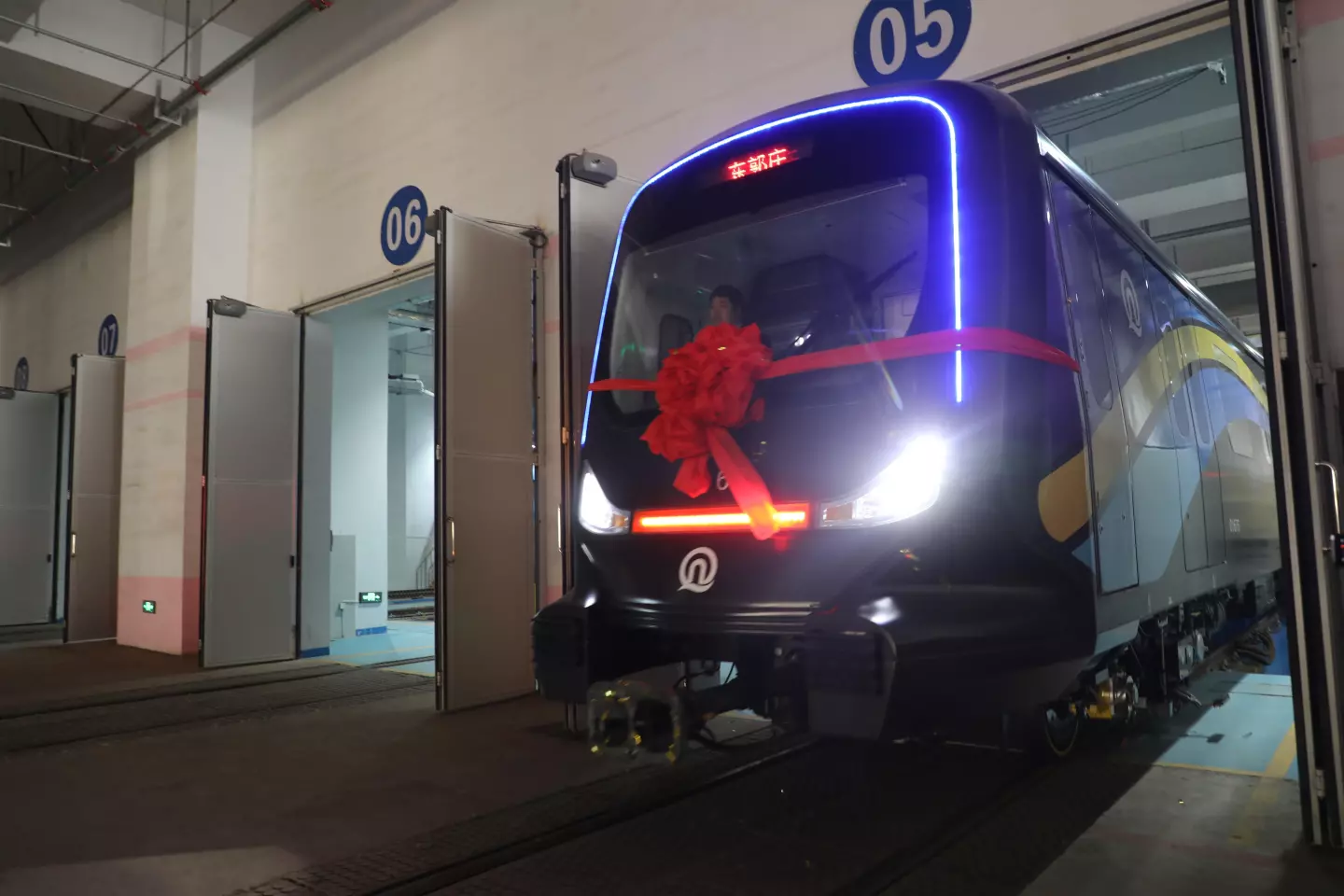On January 10th, the world's first carbon fiber subway train – called the Cetrovo 1.0 Carbon Star Rapid Rail – took to the tracks for the very first time in Qingdao, China. It promises to be stronger, safer, and produce less harmful emissions than traditional trains.
Carbon fiber (CF) is a lightweight, high-strength material made of carbon filaments that are tightly bonded together using resin. When layered correctly (taking into account directional load forces), CF is exceptionally durable, rigid, and resistant to corrosion. However, if layered incorrectly, it can be brittle and prone to cracking or shattering.
A collaboration between Qingdao Metro Group and CRRC Sifang Co., Ltd. took the idea of making a train out of CF composites, and turned it into a reality.
The resulting passenger subway train is stronger and lighter than its conventional counterparts, plus its CF components are more impact-resistant and have longer structural lifespans than steel. What's more, carbon fiber excels in vibration damping and noise reduction compared to steel, enhancing ride quality and comfort for passengers.

According to the Chief Designer at CRRC Qingdao Sifan, Liu Jinzhu, the train's primary load-bearing structures are all made of CF composites, including the body and the trucks. The truck is the chassis that carries the wheels, axles and suspension. It's attached to the bottom of the body, carrying the entire weight of the train.
Using CF for the construction of the body led to a 25% weight reduction versus traditional steel and aluminum trains. The trucks, which are usually made from cast, forged, or welded steel, achieved an impressive 50% reduction in weight. Together, the use of carbon fiber composites amounted to an 11% decrease in the train's overall weight.

While 11% might not sound huge, it will reportedly decrease each train's energy consumption by about 7%, reducing carbon dioxide emissions by roughly 130 tons per train, per year.
The Cetrovo 1.0 additionally uses an intelligent maintenance platform called SmartCare. It monitors the train's health and diagnostics in real time, reducing maintenance costs by 22%, making it more efficient, cheaper, greener, and safer.
Source: ST Daily






